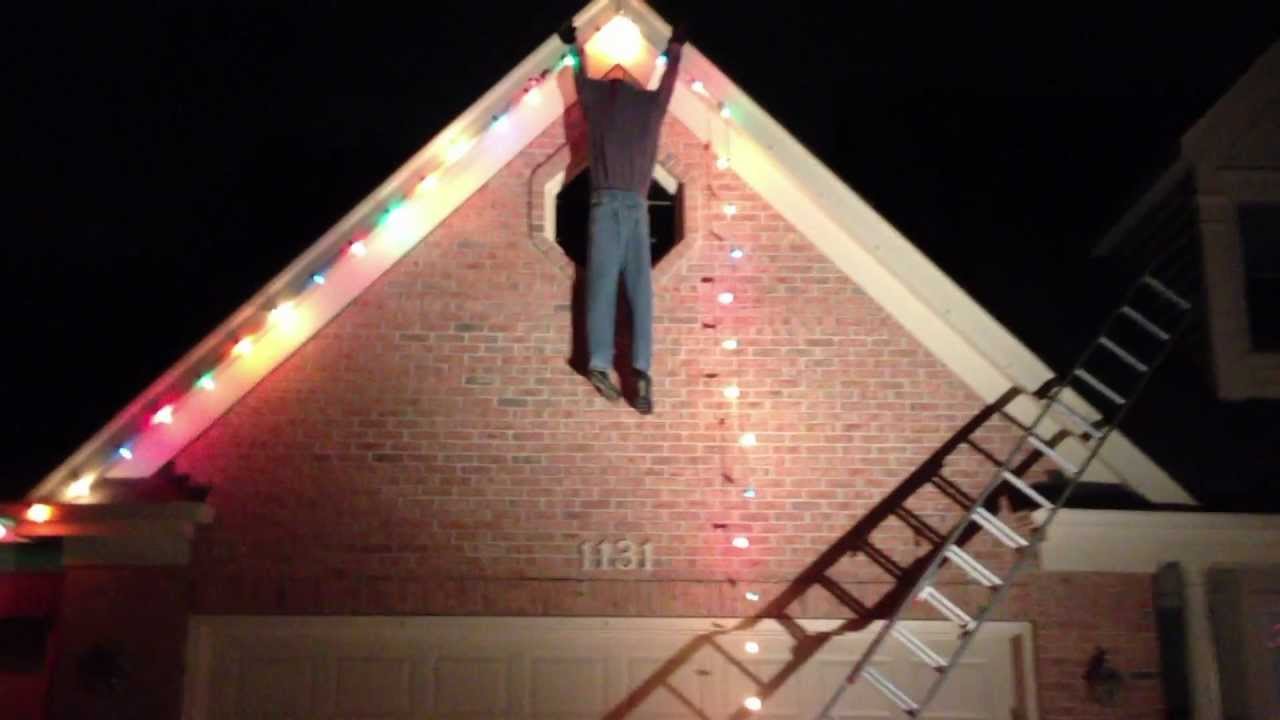The Christmas season is over, but your chores are not— sometimes they seem never-ending. We know one of the worst parts of the Christmas year, when all the nog has run out and your tree looks like a brown spindle, is taking down those pesky lights. They looked so nice, but the further you get from the holidays, the more you’re getting a reputation as “that neighbor on the block.” We know some people skip the hassle of taking down their lights, and opt to just hope that for 48 weeks out of the year, they’ll just be invisible. But leaving up your lights will often lead to extensive weathering. When enough bulbs are broken or the UV damage you’ve subjected entire strings of lights to finally destroys them, you’ll have to take them down anyway. Don’t forget that they may pose problems if they’re obstructive or hanging precariously from the eaves.
As a general rule, take down your Christmas lights (when you have time) as close as possible to New Years. In other words, there isn’t a specific day to take your lights down, and no one is going to throw a “light take-down party” on January 2nd because that’s when the professionals say you have to— although adding another holiday in such a bleak season wouldn’t be too bad in our books.
We know that there are people who want to have their lights up only after mid-November and have to have them down right after the New Year. You might be one of those who adhere to the old story of the ‘Twelfth Night’ and take down your lights assiduously before January 5th or 6th lest you incur the wrath of the Christmas spirit. Or you may be one who wants to save their hands from the cold and take care of the lights well before and after winter. But we say: there aren’t any rules here. At best it’s common practice to have the lights down around two weeks after the new year begins.
But when you do get around to taking your lights down, remember:
Stay safe. Just like putting lights up, taking them down is a dangerous job. Don’t go in thinking you can get it done in an afternoon. Take the proper precautions, think about how your house has changed from the fall to the winter— has it been particularly snowy or icy? Take care that bulbs or wires may have been damaged and pose extra concerns.
Plan in reverse. Staying safe means reverse engineering your Christmas light installation plan. Working from bottom to top will keep you from stepping on lights or wires, slipping or damaging decorations. Take the time to wrap individual strands of lights before continuing— keep a tidy and organized workspace, even if it is on the roof for the time being.
The way you store lights matters. Wrap your lights around a used wrapping paper rod, or a simple piece of cardboard. Store them in a plastic bag in a safe place out of reach. Don’t pile things on top of them or they may be crushed and damaged. If you want to get the best out of your lights, put a little care into storing them neatly. That organization will really pay off next year.

